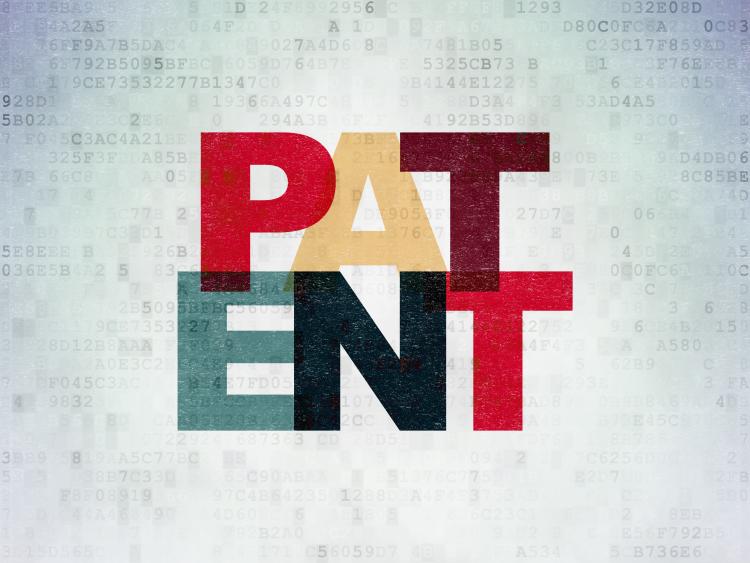
On June 17, 2022, the Federal Court of Canada (the Court) in Benjamin Moore & Co. v Attorney General Of Canada, 2022 FC 923, allowed the appeals from two decisions of the Commissioner of Patents (the Commissioner) refusing patent applications as not being directed to a patentable subject matter under the Patent Act. The Court concluded that the Commissioner applied the wrong legal test for claim construction and patentable subject matter, remitted the matter back to the Canadian Intellectual Property Office (CIPO) for determination, and instructed the Commissioner on the proper legal assessment for claim construction and patentable subject matter.
The two patent applications at issue relate to Benjamin Moore’s (the Appellant) colour selection system, which is “a computer-implemented colour selection method that uses experimentally derived relationships for colour harmony and colour emotion”. In rejecting the patent applications, the Commissioner accepted the recommendations of the Patent Appeal Board and followed the then-current CIPO’s Manual of Patent Office Practice for construing the claims using the problem-solution approach, where the essential elements of a claim were those that are necessary to achieve the disclosed solution to an identified problem. The Commissioner determined that the computer was not an essential element to the inventions and that the essential elements constituted a mere abstract theorem, and thus the claimed inventions were not patentable.
Following the Commissioner’s decisions, the Court released its decision in Choueifaty v Canada (Attorney General), 2020 FC 837 (Choueifaty), finding CIPO’s problem-solution approach to claim construction to be incorrect and setting out that claims must be construed using a purposive construction approach, as previously reported by the E-TIPS® Newsletter here. Subsequently, CIPO issued an updated guidance on patentable subject-matter, as previously reported by the E-TIPS® Newsletter here.
The Appellant, the Attorney General of Canada (the Respondent), and the Intellectual Property Institute of Canada (IPIC), acting as a third-party intervener, all agreed that the Commissioner erred in applying the problem-solution approach to the assessment of the Appellant’s patent applications. However, they differed on whether the Court should dictate the proper test to be applied.
The Appellant and IPIC argued that CIPO “regularly misconstrues the patentability of computer-implemented inventions” and that, in spite of the ruling in Choueifaty, CIPO continues to use the wrong problem-solution approach. IPIC asked the Court to adopt the following legal framework to the assessment of the patentability of computer-implemented inventions:
- purposively construe the claim;
- ask whether the construed claim as a whole consists of only a mere scientific principle or abstract theorem, or whether it comprises a practical application that employs a scientific principle or abstract theorem; and
- if the construed claim comprises a practical application, assess the construed claim for the remaining patentability criteria: statutory categories and judicial exclusions, as well as novelty, obviousness, and utility.
The Court held that IPIC’s proposed legal framework is consistent with applicable jurisprudence and directed the Commissioner to reconsider the patentability of the Appellant’s patent applications using that legal framework.
Summary By: Anna Troshchynsky
E-TIPS® ISSUE
Disclaimer: This Newsletter is intended to provide readers with general information on legal developments in the areas of e-commerce, information technology and intellectual property. It is not intended to be a complete statement of the law, nor is it intended to provide legal advice. No person should act or rely upon the information contained in this newsletter without seeking legal advice.
E-TIPS is a registered trade-mark of Deeth Williams Wall LLP.